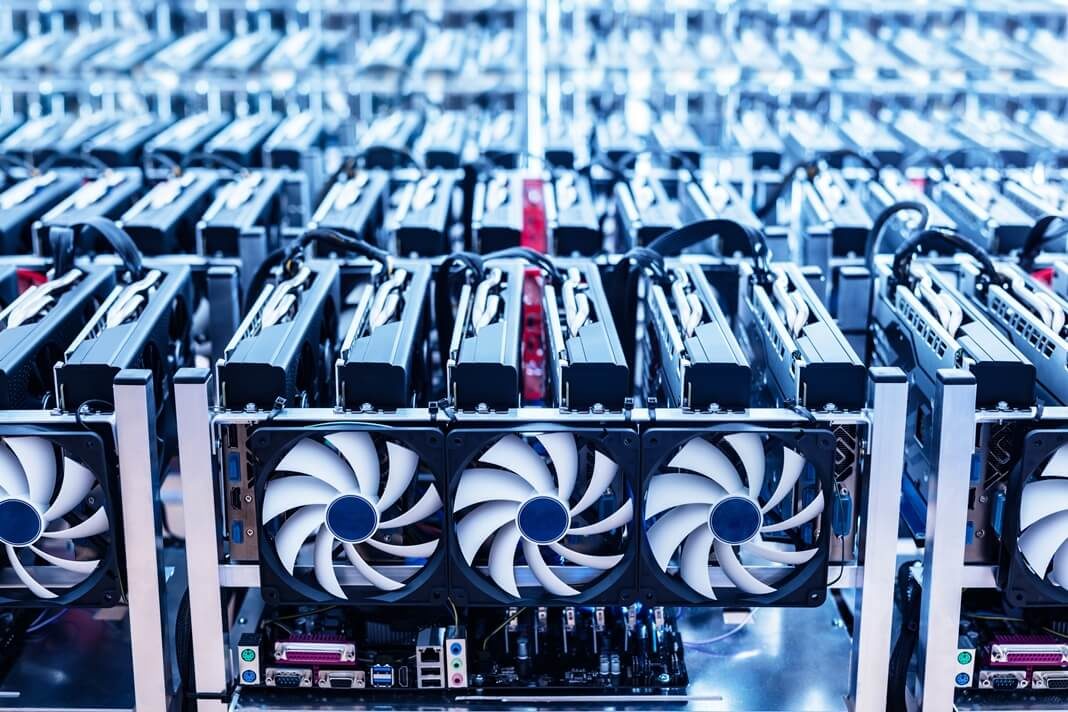Bitcoin Mining Sees Significant Drop in Energy Consumption
09.08.2024 21:00 1 min. read Alexander Stefanov
Bitcoin (BTC) mining has seen a notable decrease in energy consumption, dropping to 115.21 TWh (terawatt-hours) as of now, down 24% from 152.52 TWh at the end of July 2024, according to Digiconomist.
This reduction could help address concerns about Bitcoin’s environmental impact, which has been criticized for its high energy demands and carbon footprint.
One reason for the decline could be Bitcoin miners adopting more sustainable practices. For instance, some are turning to hydro-powered mining, with new projects like Ethiopia’s Grand Ethiopian Renaissance Dam attracting miners due to its substantial power supply and lower energy costs. The Ethiopian government has welcomed this development, noting the benefit of foreign currency earnings from these mining operations.
Despite ongoing debates over Bitcoin’s environmental impact, some recent reports, including one from KPMG, argue that Bitcoin’s mining is less harmful than previously thought. KPMG’s findings suggest that Bitcoin mining contributes less to greenhouse gas emissions compared to the electricity production it consumes and uses only a small fraction of global energy demand.
Bitcoin supporters are advocating for more sustainable practices, such as forming the Bitcoin Council to promote eco-friendly mining methods and improving energy efficiency with advanced mining rigs. While there are suggestions for Bitcoin to adopt a less energy-intensive consensus mechanism like Ethereum’s Proof of Stake, this remains a contentious issue among Bitcoin enthusiasts.
-
1
Trump-Linked Truth Social Pushes for Bitcoin-Ethereum ETF as Crypto Strategy Expands
25.06.2025 19:00 2 min. read -
2
Bitcoin Hashrate Declines 3.5%, But Miners Hold Firm Amid Market Weakness
27.06.2025 21:00 2 min. read -
3
Bitcoin’s Price Closely Mirrors ETF Inflows, Not Corporate Buys
26.06.2025 11:00 2 min. read -
4
Crypto Company Abandons Bitcoin Mining to Focus Entirely on Ethereum Staking
26.06.2025 20:00 1 min. read -
5
Bitcoin ETF Inflows Hit $2.2B as Market Calms After Ceasefire
25.06.2025 17:00 1 min. read
Peter Schiff Warns of Dollar Collapse, Questions Bitcoin Scarcity Model
Gold advocate Peter Schiff issued a stark warning on monetary policy and sparked fresh debate about Bitcoin’s perceived scarcity. In a pair of high-profile posts on July 12, Schiff criticized the current Fed rate stance and challenged the logic behind Bitcoin’s 21 million supply cap.
Bitcoin Price Hits Record Highs as Exchange Balances Plunge
A sharp divergence has emerged between Bitcoin’s exchange balances and its surging market price—signaling renewed long-term accumulation and supply tightening.
What’s The Real Reason Behind Bitcoin’s Surge? Analyst Company Explains
Bitcoin touched a new all-time high of $118,000, but what truly fueled the rally?
Bitcoin Lesson From Robert Kiyosaki: Buy Now, Wait for Fear
Robert Kiyosaki, author of Rich Dad Poor Dad, has revealed he bought more Bitcoin at $110,000 and is now positioning himself for what macro investor Raoul Pal calls the “Banana Zone” — the parabolic phase of the market cycle when FOMO takes over.
-
1
Trump-Linked Truth Social Pushes for Bitcoin-Ethereum ETF as Crypto Strategy Expands
25.06.2025 19:00 2 min. read -
2
Bitcoin Hashrate Declines 3.5%, But Miners Hold Firm Amid Market Weakness
27.06.2025 21:00 2 min. read -
3
Bitcoin’s Price Closely Mirrors ETF Inflows, Not Corporate Buys
26.06.2025 11:00 2 min. read -
4
Crypto Company Abandons Bitcoin Mining to Focus Entirely on Ethereum Staking
26.06.2025 20:00 1 min. read -
5
Bitcoin ETF Inflows Hit $2.2B as Market Calms After Ceasefire
25.06.2025 17:00 1 min. read


